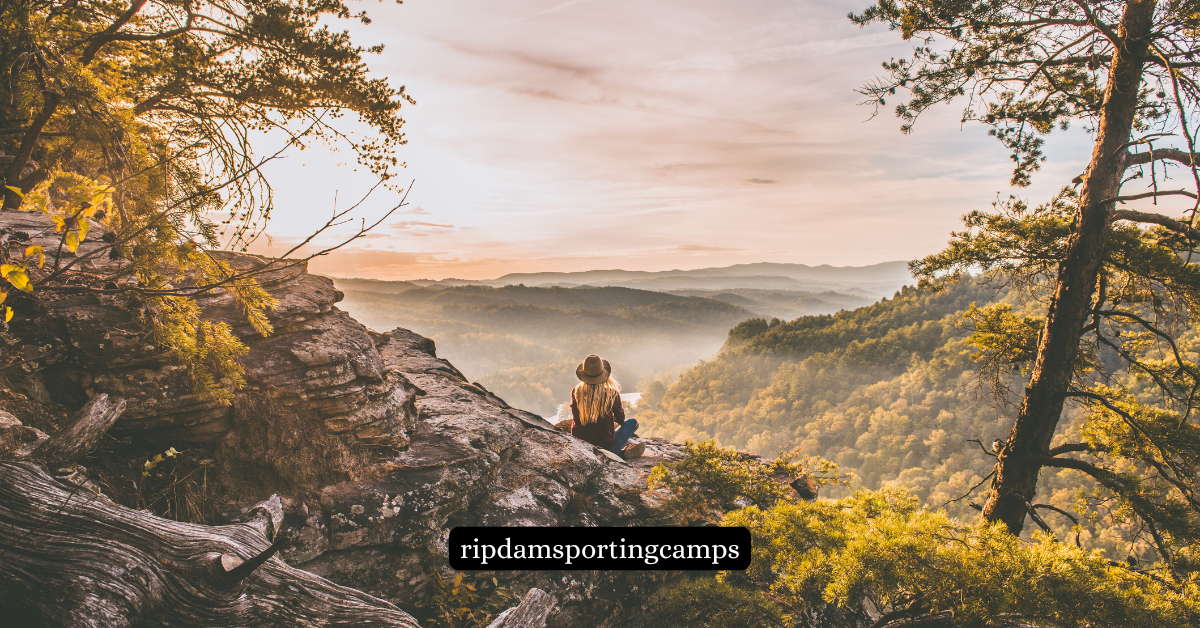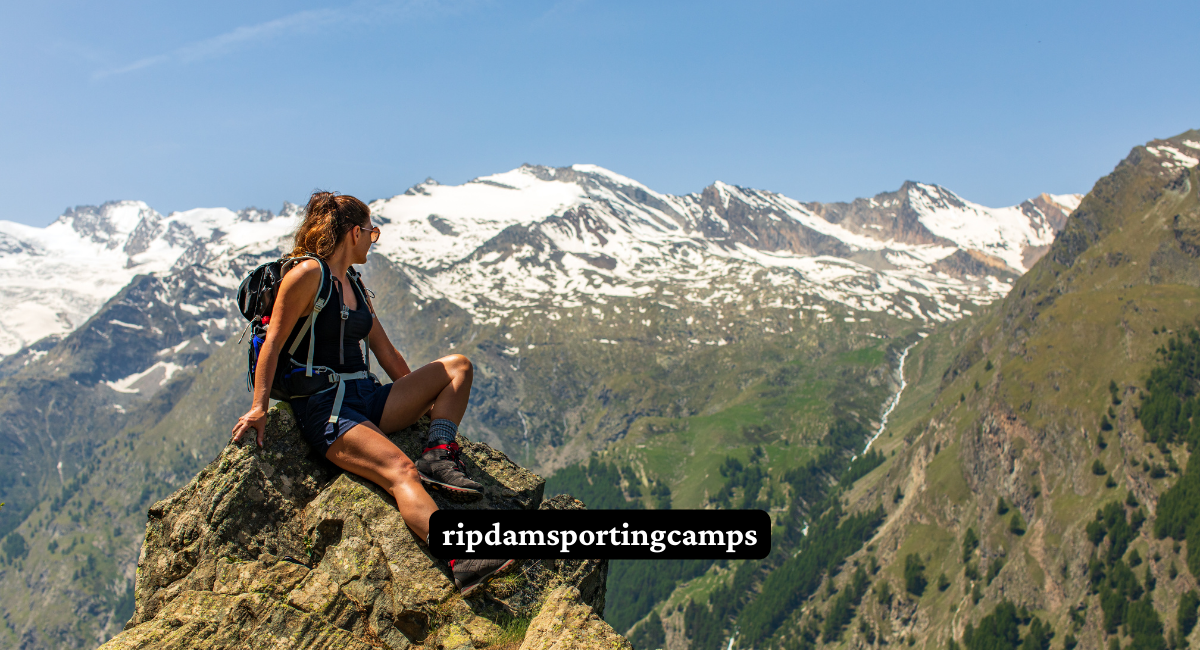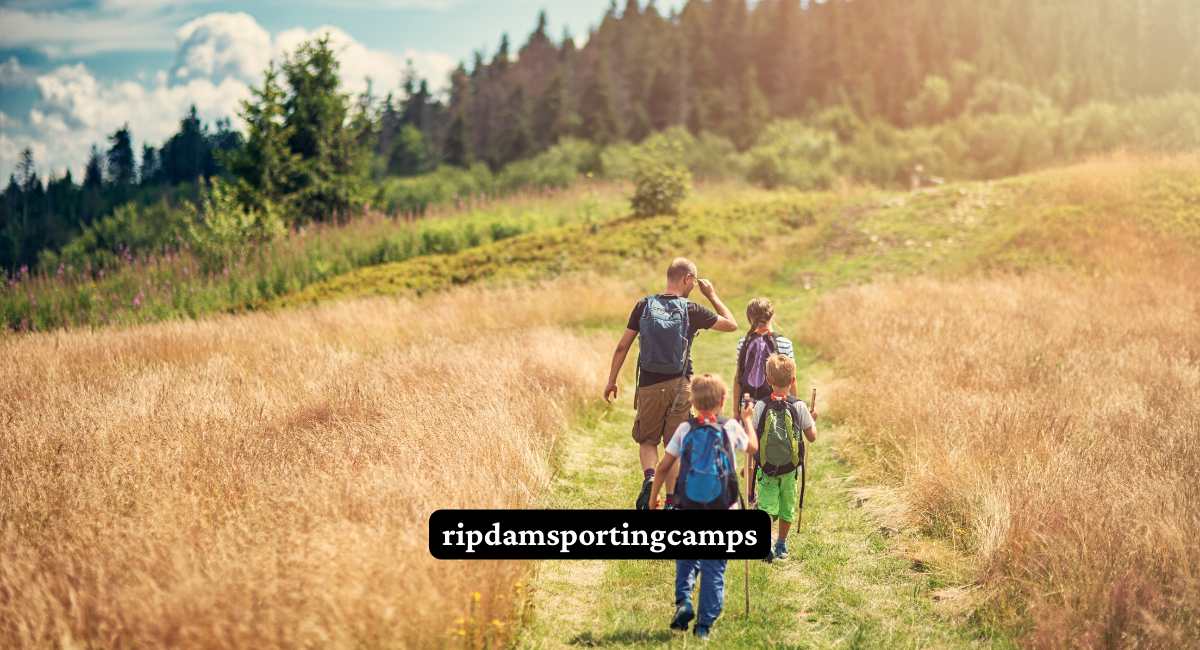Hiking is a year-round activity that offers endless opportunities for adventure, exercise, and connection with nature. Whether you’re a seasoned hiker or just starting out, adapting your approach to suit different seasons can enhance your experience and keep you safe. Here are five essential hiking tips for any season to try on your next outing.
1. Dress Appropriately for the Weather
Spring: Embrace the Layers
Spring weather can be unpredictable, so it’s important to dress in layers. Start with a moisture-wicking base layer to keep sweat away from your skin. Add an insulating layer for warmth and finish with a waterproof and windproof outer layer to protect against rain and wind. Don’t forget a hat and gloves, as temperatures can still be chilly.
Summer: Stay Cool and Protected
In summer, lightweight and breathable clothing is key. Opt for moisture-wicking fabrics to stay cool and dry. A wide-brimmed hat and sunglasses will protect you from the sun, and don’t forget to apply sunscreen regularly. Wear light-colored clothing to reflect the sun’s rays and consider long sleeves and pants to protect against sunburn and insect bites.
Fall: Be Prepared for Change
Fall brings cooler temperatures and vibrant foliage. Layering is essential as mornings can be cool and afternoons warm. A fleece jacket and a packable down vest are great options for added warmth. Choose sturdy, waterproof hiking boots to handle wet and muddy trails, and carry a rain jacket in case of unexpected showers.
Winter: Bundle Up Smartly
Winter hiking requires more preparation. Start with a thermal base layer, add an insulating mid-layer, and top it off with a waterproof and windproof outer layer. Insulated gloves, a warm hat, and thermal socks are essential. Consider wearing gaiters to keep snow out of your boots and use trekking poles for stability on icy trails.
2. Plan and Prepare
Research the Trail
Before heading out, research your chosen trail thoroughly. Check the trail conditions, weather forecast, and any seasonal hazards such as snow, ice, or high water levels. Knowing the trail difficulty and length will help you prepare appropriately.
Pack Essentials
Regardless of the season, always pack the ten essentials: navigation tools, headlamp, sun protection, first aid kit, knife, fire starter, shelter, extra food, extra water, and extra clothes. Customize your pack based on the season, adding items like insect repellent in summer or hand warmers in winter.
3. Stay Hydrated and Fueled
Hydration Tips
Proper hydration is crucial in any season. In hot weather, drink water regularly to prevent dehydration. In colder temperatures, it’s easy to forget to drink, but staying hydrated is just as important. Carry an insulated water bottle to prevent freezing and drink warm beverages like tea or broth.
Nutrition Tips
Pack a variety of high-energy snacks to keep your energy levels up. Nuts, dried fruits, energy bars, and jerky are excellent options. In winter, consider packing warm, hearty foods like soups or stews in a thermos. Always carry extra food in case your hike takes longer than expected.
4. Protect Yourself from Seasonal Hazards
Spring: Watch for Mud and Ticks
Spring thaw can make trails muddy and slippery. Wear waterproof boots and gaiters to keep your feet dry and use trekking poles for stability. Check for ticks frequently, as they become more active in spring. Wear long sleeves and pants, and use insect repellent.
Summer: Beat the Heat
Hike early in the morning or late in the afternoon to avoid the hottest part of the day. Take frequent breaks in the shade and use a cooling towel to stay cool. Be aware of heat exhaustion signs and know how to treat it.
Fall: Avoid Slip-Ups
Fallen leaves can obscure the trail and make it slippery. Wear sturdy, slip-resistant boots and be extra cautious on downhill sections. Keep an eye out for hunting season dates and wear bright colors to stay visible.
Winter: Stay Safe in the Cold
Hypothermia and frostbite are serious risks in winter. Dress in layers and avoid cotton, which retains moisture. Know the signs of hypothermia and frostbite and how to treat them. Carry a map and compass, as snow can obscure trail markers, and ensure your phone is fully charged in case of emergencies.
5. Respect Nature and Leave No Trace
Leave No Trace Principles
Follow the Leave No Trace principles to protect the environment:
- Plan Ahead and Prepare: Know the regulations and special concerns for the area you’ll visit.
- Travel and Camp on Durable Surfaces: Stick to established trails and campsites.
- Dispose of Waste Properly: Pack out all trash, leftover food, and litter.
- Leave What You Find: Preserve the past and leave rocks, plants, and other natural objects as you find them.
- Minimize Campfire Impact: Use a camp stove instead of a campfire.
- Respect Wildlife: Observe wildlife from a distance and never feed animals.
- Be Considerate of Other Visitors: Respect other visitors and protect the quality of their experience.
Seasonal Considerations
Each season brings unique environmental considerations. In spring, stay on the trail to avoid damaging emerging vegetation. In summer, be mindful of fire danger and adhere to campfire restrictions. In fall, respect wildlife during their migration and mating seasons. In winter, be aware of avalanche risks and follow guidelines for safe travel in snow-covered areas.
Conclusion
Hiking is a rewarding activity that can be enjoyed in any season with the right preparation and mindset. By dressing appropriately, planning and preparing, staying hydrated and fueled, protecting yourself from seasonal hazards, and respecting nature, you can make the most of your hiking adventures year-round. So, gear up, hit the trail, and discover the beauty of nature in every season!
-

Why Hiking Underwear Matters?
-

12 Refreshing Creek Hikes in the Bay Area for a Nature-Filled Escape
-

5 Hiking Tips for Any Season to Try On Your Next Outing
-

Everything You Need to Know About Hiking with Kids